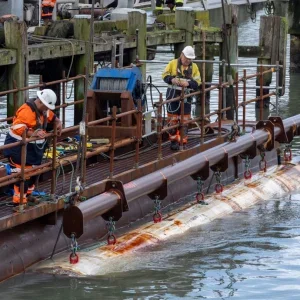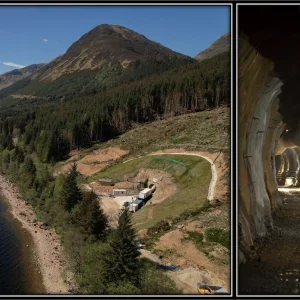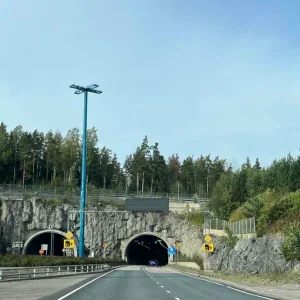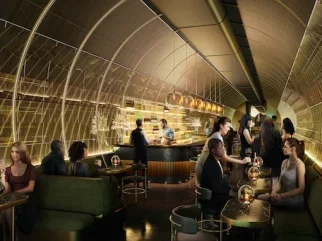
The scheme to transform the Kingsway Exchange Tunnels in central London also needs the green light from the neighbouring London Borough of Camden before it can go ahead.
The project is proposed by London Tunnels, a group of investment specialists, and the project team includes architectural practice WilkinsonEyre and WSP.
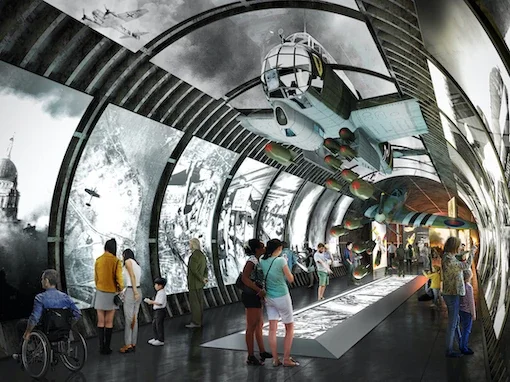
The City Corporation said the scheme supported its “Destination City” policy which is designed to boost seven-day-a-week footfall for the hospitality, retail, and leisure sectors. The proposed permanent Heritage Experience would reference the historic tapestry of the City, while the flexible exhibition spaces would provide a unique and distinctive space for cultural events within the Square Mile.
The plans also feature a bar on the Camden side of the site.
“The visitor attraction will be fully accessible, appeal to all ages and contribute to the transformation of the High Holborn as a seven-day and evening destination, whilst celebrating the area’s unique history,” the Corporation said.
The Kingsway Exchange Tunnels are 7.6m in diameter and cover an area of 8,000m2.
After the second world war the tunnels were home to the Special Operations Executive, an offshoot of MI6.
At the start of the Cold War the government enlarged the tunnels to serve as a secure and secret long-distance telephone exchange. The site operated the first Transatlantic telephone cable, TAT1, which was later the ‘hotline’ between Moscow and Washington during the Cuban Missile Crisis. Much of the original equipment will be retained.
When in operation, the Kingsway Exchange accommodated up to 200 staff, supported by self-contained water and air conditioning systems, along with the “deepest licensed bar” in London, a restaurant with mock windows and a recreational room with snooker tables. By the late 1980s, telecommunication technology had advanced and the tunnels’ telephone centre became obsolete and was decommissioned.
All Images: WilkinsonEyre



